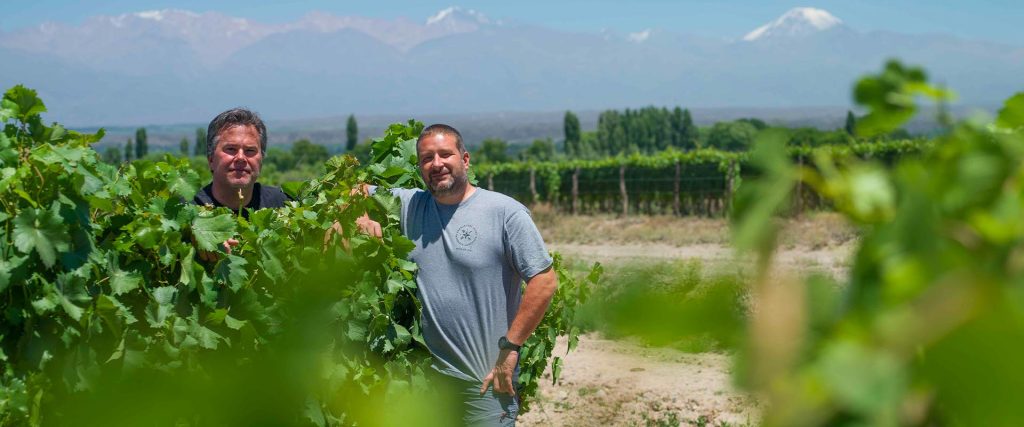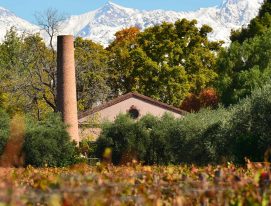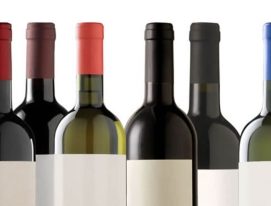It is the goal of every great winemaker to produce unique wines, but to do so successfully requires confidence and courage. In Argentina, the land of Malbec, exploring other varieties can be an interesting path to take thanks to the country’s rich viticultural history. You just need to be brave, the way Federico Isgró and Santiago Bernasconi were when in 2017 they founded BIRA, a small, innovative viticultural project focused on restoring the legacy of Italian winemakers in Mendoza.
“Our first objective was to develop something different and eye-catching to honor our Italian heritage, culture and wines,” says Bernasconi. “Federico and I share Italian roots, my family’s from the north, and his is from the south of the peninsula, so we decided to search for old Sangiovese vineyards in the Uco Valley to make Bira’s wines with cuore italiano and anima argentina.”
Since then, Bernasconi and Isgró have become leading proponents of Sangiovese in the country, working from a small vineyard in Tupungato that they saved from the area’s widespread conversion to Malbec. “There aren’t many hectares of Sangiovese left, but the few still around have old vines that ensure good quality,” says Isgró.
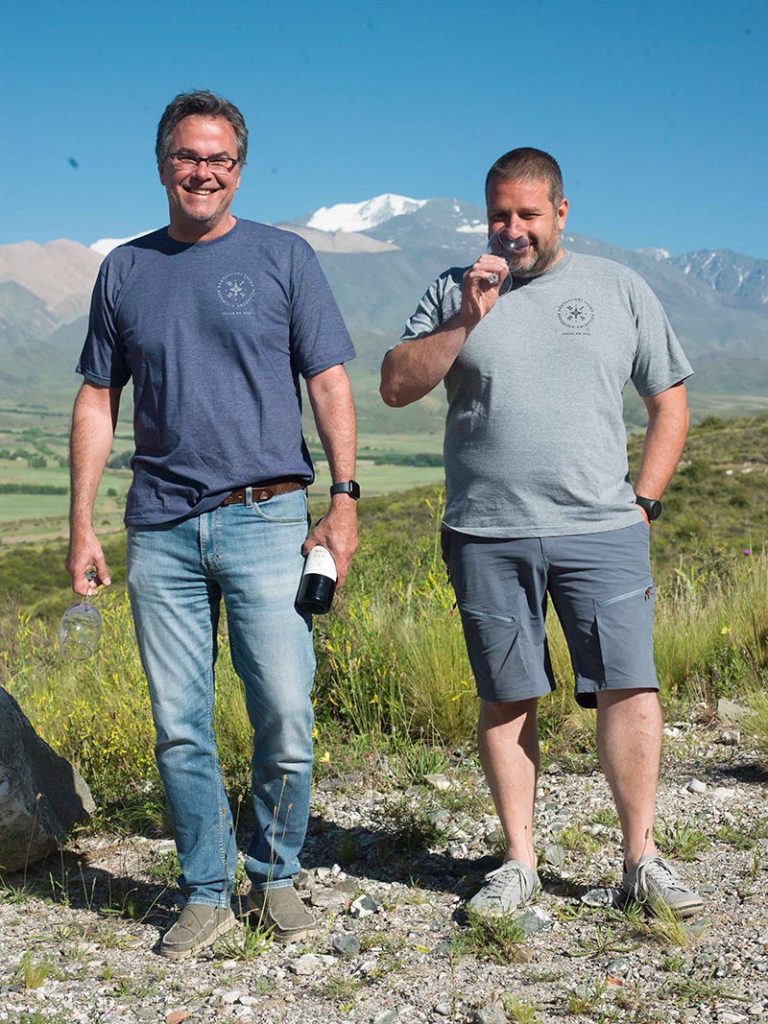
BIRA wines: the beginnings
Isgró and Bernasconi have been in the wine business for many years; it was how they met. Isgró is the team’s technician and oversees the winemaking process. He has a degree in Agricultural Engineering and Oenology from the Universidad Nacional de Cuyo (Mendoza), and has also lived and worked in Italy where he took Masters in Viticulture. Before founding BIRA wines, he led production and viticultural teams at several different wineries and vineyards.
Bernasconi has a degree in Business Administration and is the commercial strategist at BIRA wines. In the past he has led commercial departments, managed local and international wineries and even founded a winery in Patagonia, a background that has allowed him to position BIRA in a range of different markets within a very short space of time.
“The first export markets were the United Kingdom and Brazil. In 2022, they were joined by the Dominican Republic, Peru and, an achievement very dear to us: Italy.”
Talking as friends, they came up with the idea to start a family project together and decided to name it BIRA, a combination of their initials and the Republic of Argentina.
They took their time choosing the old Sangiovese vines they envisaged for their Bira wines and in 2017 started production with some old vines in La Arboleda, Uco Valley, Mendoza.
“Although many of the immigrants who built up Argentine viticulture came from Italy, they tended to work with the French varieties that had been grown since 1853. At BIRA, we want to restore the history of Italian grapes in Mendoza.”
Thanks to its austere, varied soils, cool climate and good sunlight due to the altitude, the Uco Valley is a terroir that produces elegant, complex and fresh Sangiovese with excellent aging potential.
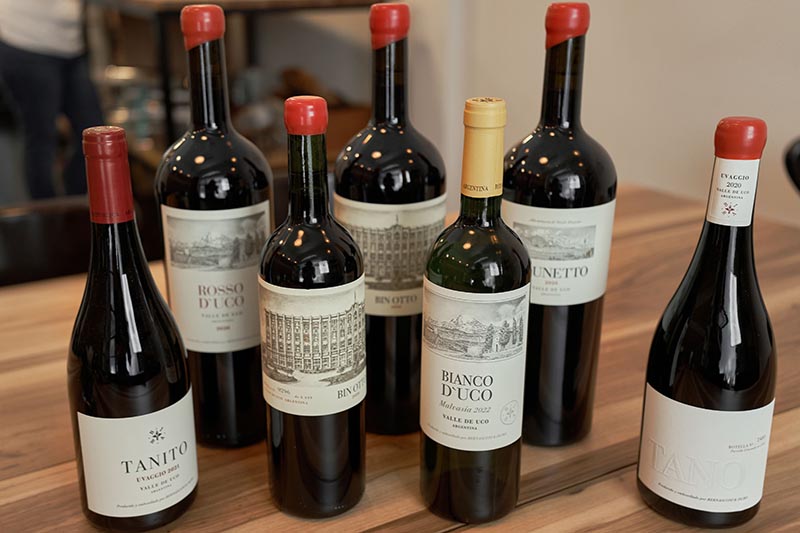
BIRA wines
At first, BIRA wines focused on producing full-bodied Tuscan-inspired reds with a base of Sangiovese: “Our First Generation paid homage to our roots, the first Italians to come to Mendoza.” To do that, they created three wines whose stand out characteristic was that they didn’t include Malbec in the blend.
The grapes for these wines come from old, hand-harvested vineyards and are then fermented in small vessels with native yeasts, followed by a range of aging and fine-tuning methods that depend on the line in question.
The goal is for Sangiovese to complement other varieties, not to be produced as a varietal. That’s a challenge that prioritizes the distinctive characteristics of the terroir.
“We started with three blends of Sangiovese, Syrah and Merlot: Rosso D’Uco, aged in used barrels; Brunetto, aged with a percentage of new oak, and Bin Otto, for which the bunch selection is more precise and aging takes place in 500-liter barrels (50% new). The objective is not to make the best Tuscan style Sangiovese but the best Sangiovese with the unique character of the mountain terroir of the Uco Valley.”
Following on from the success of these first wines, Bira decided to develop a Second Generation that would feature Malbec blended with Sangiovese: “These wines represent us, the descendants of the immigrants who shared the potential of Argentine wines, and Malbec, with the world.”
Thus were born Tanito, a blend of Malbec, Cabernet Franc and Sangiovese that spends a brief time in barrels, and Tano, a Malbec from Gualtallary blended with Sangiovese from old vines in La Arboleda as well as Syrah and Merlot from La Consulta, aged for 12 months in 500 liter French oak barrels.
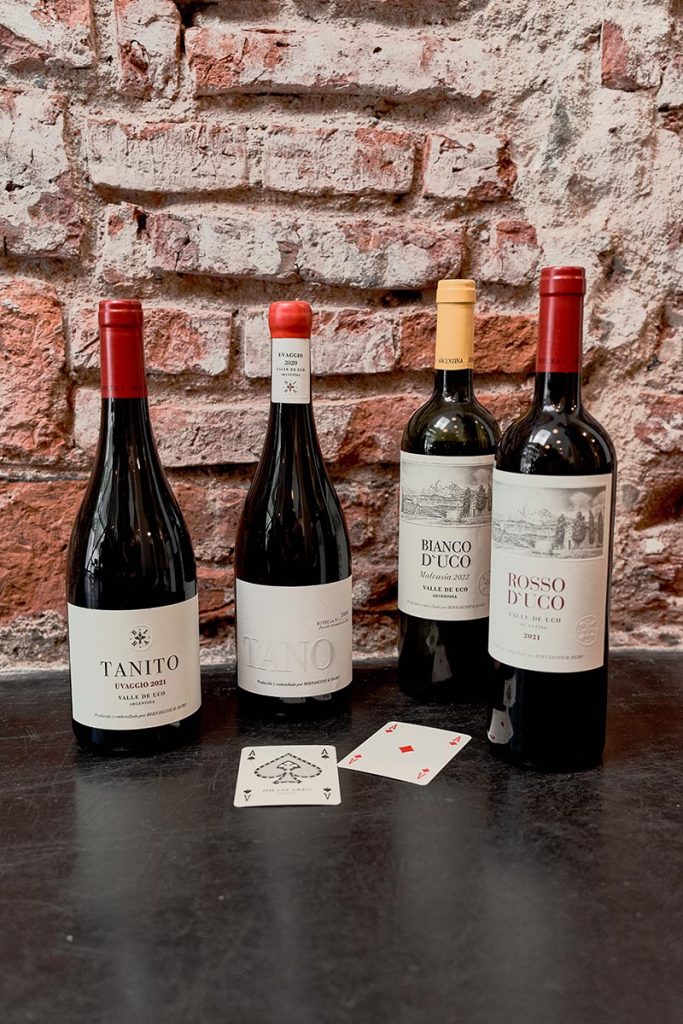
The names themselves are interesting: “Most of the Italian immigrants who came to the port of Buenos Aires came from the south of Italy and sailed from Naples. When they arrived, they were known as Napolitanos, which was shortened to ‘Tanos’, and is now what Italians are often called in Argentina,” says Bernasconi.
Finally, BIRA’s most recent release is their Bianco D´Uco, a white made with grapes from a Malvasia vineyard planted in 1964 in the Uco Valley, a discovery they converted into a delicious white rarely seen in Argentina.
“We want to share our interpretation of mountain terroirs with the world using varieties that are very important for our history but that few know exist in Argentina. We are a unique project with ideal wines for those who enjoy the diversity that the world of viticulture has to offer.”

